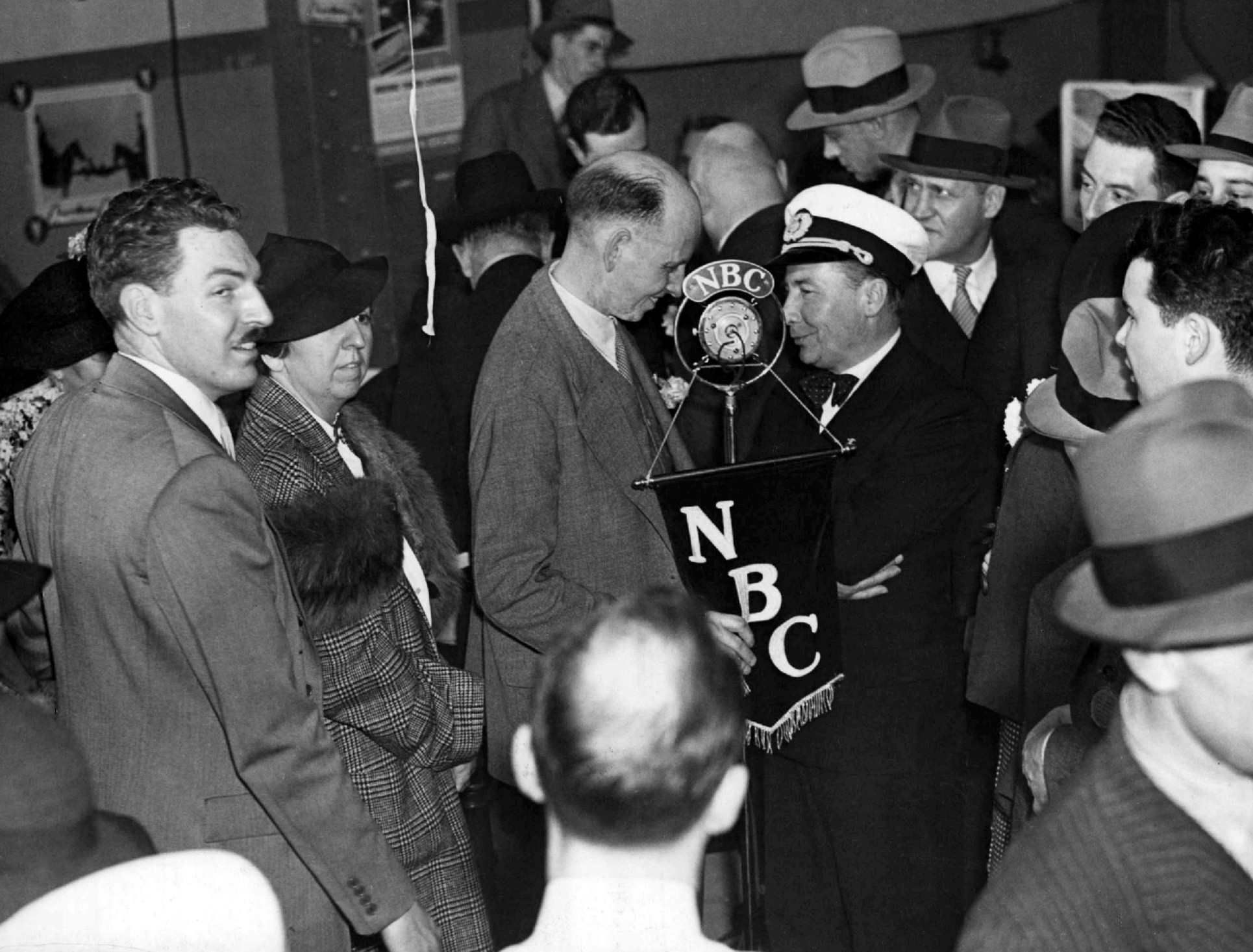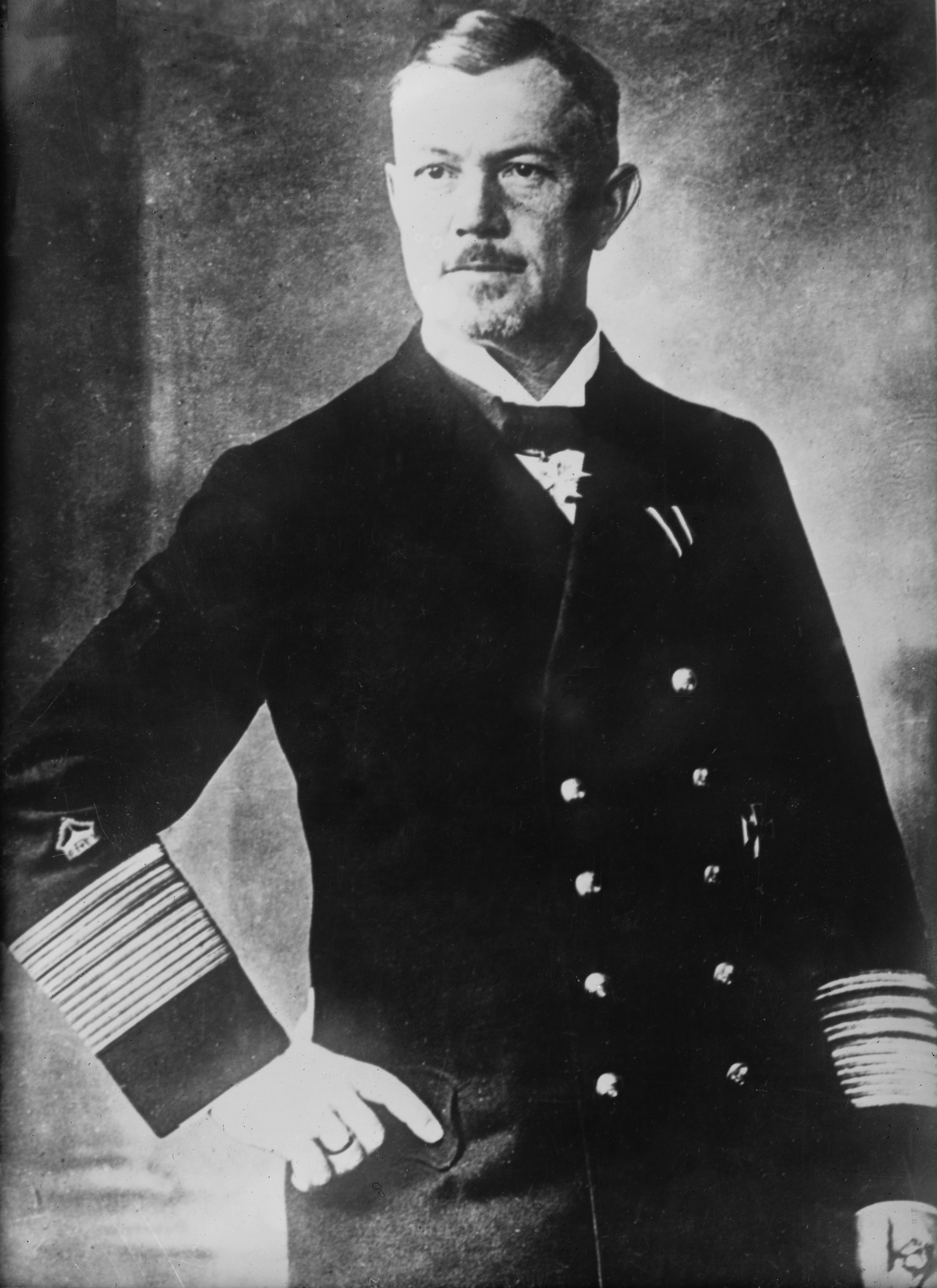|
Zeppelin R Class
The Zeppelin R Class was a type of rigid airship developed by Zeppelin Luftschiffbau in 1916 for use by the Imperial German Navy and the German Army for bombing and naval patrol work. Introduced in July 1916 at a time when British air defences were becoming increasingly capable, several were lost in the first months of operation, leading the Germans to reconsider their technical requirements and eventually to develop airships capable of bombing from a greater height. Most surviving examples were modified to meet these requirements, by reducing weight at the expense of performance. A total of 17 were built. Background Work on the R class started in March 1915, when the German Navy asked both Zeppelin and Schütte-Lanz to prepare studies for a new class of airship which would be limited in size by the existing sheds. The proposals were rejected by the Navy's aviation department, and a decision was made to design a new class of six-engined airships regardless of size. Double sheds ... [...More Info...] [...Related Items...] OR: [Wikipedia] [Google] [Baidu] |
Zeppelin Luftschiffbau
Luftschiffbau Zeppelin GmbH is a German aircraft manufacturing company. It is perhaps best known for its leading role in the design and manufacture of rigid airships, commonly referred to as ''Zeppelins'' due to the company's prominence. The name 'Luftschiffbau' is a German word meaning ''building of airships''. The company was founded by Count Ferdinand von Zeppelin in 1908 as a formal entity to continue advancing his pioneering research into rigid airships. ''Luftschiffbau Zeppelin'' became the leading manufacturer in the field of large lighter-than-air vehicles; its products were used in both military and civilian capacities. The firm founded DELAG, the world's first airline to use an aircraft in revenue service, in 1909 on the back of public interest and using its own airships. During the First World War, Zeppelins were employed as the first long distance strategic bombers, launching numerous raids upon Belgium, France, and the United Kingdom. Following Count von Zeppelin's ... [...More Info...] [...Related Items...] OR: [Wikipedia] [Google] [Baidu] |
Little Wigborough
Little Wigborough is a village and former civil parish, now in the parish of Great and Little Wigborough, in the Colchester borough of Essex, England and forms part of Winstred Hundred Parish Council. Little Wigborough is located between Peldon and Great Wigborough. In 1951 the parish had a population of 45. The parish church is dedicated to St Nicholas. It is a Grade II* listed building dating from the 15th century. History The place-name 'Wigborough' is first attested in the Domesday Book of 1086, where it appears as ''Wicgebergha'' and ''Wigheberga''. Little Wigborough is first referred to in the ''Valuation of Norwich'' of 1254, where it appears as ''Wigeberwe Parva''. The name means 'Wicga's hill or barrow'. In the early hours of 24 September 1916, the German Army Zeppelin L33 was returning from a bombing raid on London, when it hit by an anti-aircraft shell and further damaged by Royal Flying Corps aircraft. It made a forced landing in the village, close to New Hall f ... [...More Info...] [...Related Items...] OR: [Wikipedia] [Google] [Baidu] |
Ernst Lehmann
Captain Ernst August Lehmann (12 May 1886 – 7 May 1937) was a German Zeppelin captain. He was one of the most famous and experienced figures in German airship travel. The ''Pittsburgh Press'' called Lehmann the best airship pilot in the world, although he was criticized by Hugo Eckener for often making dangerous maneuvers that compromised the airships. He was a victim of the ''Hindenburg disaster'' in 1937. Pre-war experience Ernst Lehmann was born in 1886 in Ludwigshafen am Rhein. Krug At the age of 14, he decided that he wanted to build ships. He studied engineering at the Technische Hochschule Berlin and received his degree in 1912. By this time, he had already joined the navy and had attained the rank of naval reserve lieutenant. Upon graduation, he began work at the Imperial Dockyards in Kiel. He did not find this work satisfying so, encouraged by Dr. Hugo Eckener, he joined the DELAG to serve as pilot of the passenger airship LZ 17 ''Sachsen''. He commanded a total ... [...More Info...] [...Related Items...] OR: [Wikipedia] [Google] [Baidu] |
Reinhard Scheer
Carl Friedrich Heinrich Reinhard Scheer (30 September 1863 – 26 November 1928) was an Admiral in the Imperial German Navy (''Kaiserliche Marine''). Scheer joined the navy in 1879 as an officer cadet and progressed through the ranks, commanding cruisers and battleships, as well as senior staff positions on land. At the outbreak of World War I, Scheer was the commander of the II Battle Squadron of the High Seas Fleet. He then took command of the III Battle Squadron, which consisted of the newest and most powerful battleships in the navy. In January 1916, he was promoted to Admiral and given control of the High Seas Fleet. Scheer led the German fleet at the Battle of Jutland on 31 May – 1 June 1916, one of the largest naval battles in history. Following the battle, Scheer joined those calling for unrestricted submarine warfare against the Allies, a move the Kaiser eventually permitted. In August 1918, Scheer was promoted to the Chief of Naval Staff; Admiral Franz von Hipper rep ... [...More Info...] [...Related Items...] OR: [Wikipedia] [Google] [Baidu] |
Harwich Force
The Harwich Force originally called Harwich Striking Force was a squadron of the Royal Navy, formed during the First World War and based in Harwich. It played a significant role in the war. History After the outbreak of the First World War, a priority for the Royal Navy was to secure the approaches to the English Channel, to prevent elements of the German High Seas Fleet from breaking out into the Atlantic, or from interfering with British maritime trade and convoys to the continent. Most of the major fleet units of the Grand Fleet had dispersed to the navy's anchorage at Scapa Flow or to other North Eastern ports to monitor the northern route from the North Sea into the Atlantic. Consequently, a number of patrol flotillas were organised along the south and east coasts of England, with commands established at several of the major ports in the region. The Dover Patrol was based at Dover, consisting mostly of destroyers, while a number of pre-dreadnoughts and cruisers were based at ... [...More Info...] [...Related Items...] OR: [Wikipedia] [Google] [Baidu] |
Action Of 19 August 1916
The action of 19 August 1916 was one of two attempts in 1916 by the German High Seas Fleet to engage elements of the British Grand Fleet, following the mixed results of the Battle of Jutland, during the First World War. The lesson of Jutland for Germany had been the vital need for reconnaissance, to avoid the unexpected arrival of the Grand Fleet during a raid. Four Zeppelins were sent to scout the North Sea between Scotland and Norway for signs of British ships and four more scouted immediately ahead of German ships. Twenty-four German submarines kept watch off the English coast, in the southern North Sea and off the Dogger Bank. Background The Germans claimed victory at the Battle of Jutland (31 May to 1 June 1916) yet the commander of the High Seas Fleet, Admiral Reinhard Scheer, felt it important that another raid should be mounted as quickly as possible, to maintain morale in his severely battered fleet. It was decided that the raid should follow the pattern of previous ones ... [...More Info...] [...Related Items...] OR: [Wikipedia] [Google] [Baidu] |
Compiègne
Compiègne (; pcd, Compiène) is a commune in the Oise department in northern France. It is located on the river Oise. Its inhabitants are called ''Compiégnois''. Administration Compiègne is the seat of two cantons: * Compiègne-1 (with 19 communes and part of Compiègne) * Compiègne-2 (with 16 communes and part of Compiègne) History by year : 665 - Saint Wilfrid was consecrated Bishop of York. Wilfrid refused to be consecrated in Northumbria at the hands of Anglo-Saxon bishops. Deusdedit, Archbishop of Canterbury, had died, and as there were no other bishops in Britain whom Wilfrid considered to have been validly consecrated, he travelled to Compiègne, to be consecrated by Agilbert, the Bishop of Paris. : 833 - Louis the Pious (also known as King Louis I, the Debonair) was deposed in Compiègne. : February 888 - Odo, Count of Paris and king of the Franks was crowned in Compiègne. : 23 May 1430 - During the Hundred Years' War, Joan of Arc was captured by the Burgund ... [...More Info...] [...Related Items...] OR: [Wikipedia] [Google] [Baidu] |
Wulstan Tempest
Major Wulstan Joseph Tempest, (22 January 1891 – 1966) was a British World War I, First World War pilot with the Royal Flying Corps and Royal Air Force. He was celebrated for shooting down a Zeppelin R Class airship over Potters Bar in October 1916. Early life and family background Wulstan Tempest was born in Ackworth, West Yorkshire, Ackworth, Yorkshire, in 1891. He was the ninth child, and the sixth son, of Wilfrid Francis Tempest, a member of the notable recusant Tempest family, and his second wife Florence Helen O'Rourke (Wilfrid had a total of 15 children from two marriages). He was a descendant of George Plantagenet, 1st Duke of Clarence, the great-grandson of Edward III of England, King Edward III. His father was a wealthy landowner and Magistrate (England and Wales), justice of the peace, serving as Chairman of the West Riding of Yorkshire, West Riding Bench (law), Bench for the Pontefract Division. Tempest was educated at Stonyhurst College, where he won distinction i ... [...More Info...] [...Related Items...] OR: [Wikipedia] [Google] [Baidu] |
Potters Bar
Potters Bar is a town in Hertfordshire, England,in the historic County of Middlesex Hertsmere Borough Council – Community Strategy First Review (PDF) north of central London. In 2011, it had a population of 21,882. In 2022 the population was around 23,325. Within the historic county of Middlesex until 1965, the town dates to the early 13th century but remained a small, mainly agricultural, settlement until the arrival of the Great Northern Railway in 1850.PBHistory – The history It is now part of the . Etymology The origin of the ''Potters'' element of the town's name is uncertain but is generally thought to be either a reference to a |
Heinrich Mathy
Heinrich may refer to: People * Heinrich (given name), a given name (including a list of people with the name) * Heinrich (surname), a surname (including a list of people with the name) *Hetty (given name), a given name (including a list of people with the name) Places * Heinrich (crater), a lunar crater * Heinrich-Hertz-Turm, a telecommunication tower and landmark of Hamburg, Germany Other uses * Heinrich event, a climatic event during the last ice age * Heinrich (card game), a north German card game * Heinrich (farmer), participant in the German TV show a ''Farmer Wants a Wife'' * Heinrich Greif Prize, an award of the former East German government * Heinrich Heine Prize, the name of two different awards * Heinrich Mann Prize, a literary award given by the Berlin Academy of Art * Heinrich Tessenow Medal, an architecture prize established in 1963 * Heinrich Wieland Prize, an annual award in the fields of chemistry, biochemistry and physiology * Heinrich, known as Haida ... [...More Info...] [...Related Items...] OR: [Wikipedia] [Google] [Baidu] |



.jpg)

